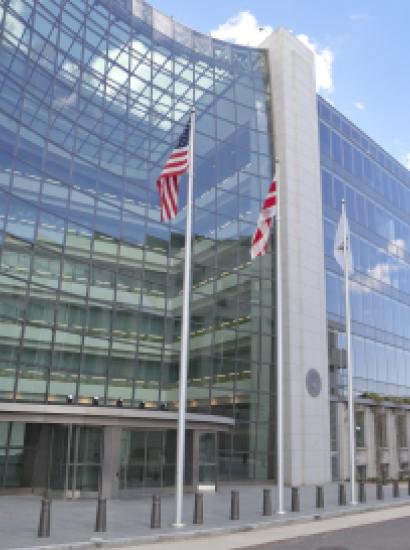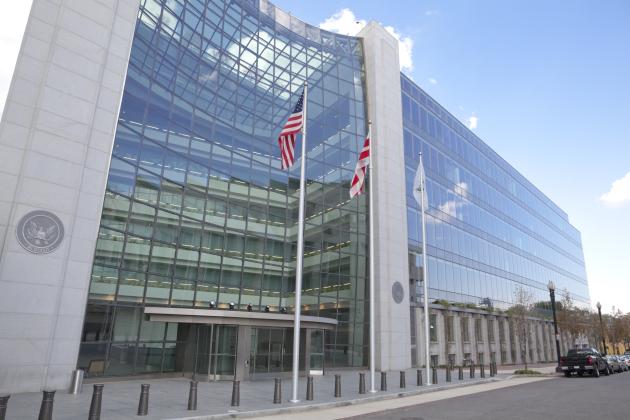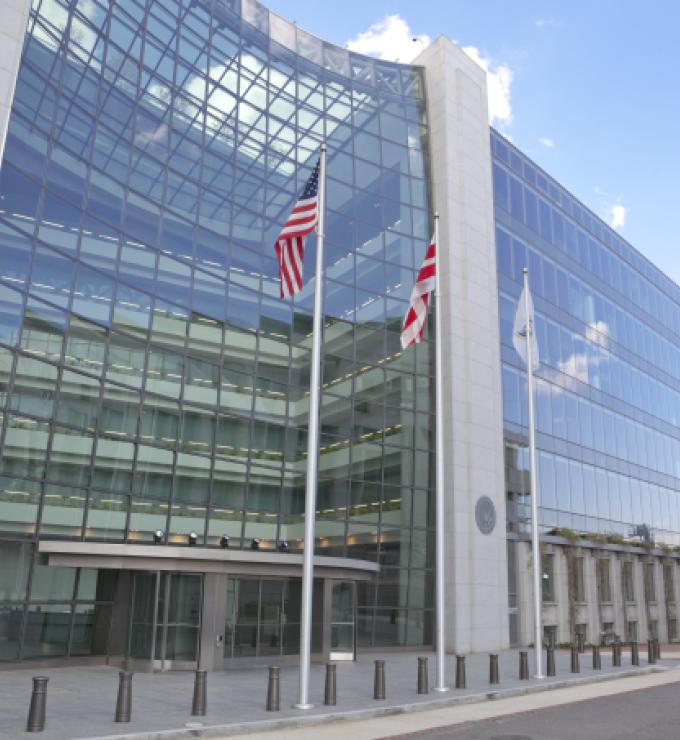- Economics
- Finance & Banking
- Answering Challenges to Advanced Economies
The Securities and Exchange Commission (SEC) has released its final rules on climate-related disclosures for investors. By a 3-2 vote along strict party lines, the rules introduce a new and aggressive era of financial disclosures. Many environmental groups lament that the SEC no longer requires disclosures of what are termed “indirect emissions” under Scope 3. In administrative jargon, these cover potential emissions that do not come from the company itself (Scope 1), or from energy purchases it makes (Scope 2). But both Scope 1 and Scope 2 still cover a new and vast terrain. There is uniform agreement that the narrowing of focus reduces the burdens of the final rules. But there is intense disagreement over whether the truncation of the disclosure rules is a good or bad move in the fight to deal with global climate change.
In my view there are no two ways about it. Even in its modest form, the final rules count as a vast overreach of authority, which represents a serious retrograde movement in climate policy. Information is not a free good, and here the bottom line is that the final rules will impose untold billions in costs without providing any discernible benefits. What follows is a partial account of the issues that the SEC had to address but did not, in its diktats on literally thousands of companies, most of which engage in far-flung operations across multiple countries. These firms have variable outputs as a function of the cost of inputs that are required to produce a bewildering and shifting range of finished products. In this milieu, it is imperative to ask whether the enormous burdens (in the hundreds of billions at the very least) committed to the project provide some net social benefits that justify the huge expenditures—a question that the final rules do not tackle head on.
The first step in that inquiry is into the potential climate dangers associated with the impact of human activities. The final rules address none of these first-order considerations but just assume, without argument, that the social losses are large enough to require this huge government response. The large public concern on this topic focuses on the emissions of greenhouse gases, most notably carbon dioxide and methane. Yet the final rules do not devote so much as a single sentence to explain why and how those increases in greenhouse gases are likely to influence climate change, including matters as to whether the continued use of coal counts as a potential source of disaster, or whether improvements in the technology surrounding its production have materially abated this cluster of risks. On this point, the SEC takes no substantive position, let alone develops a systematic commitment to any collective mode of updating its initial priors, even though China and India will determine future global outcomes which no American regulation can touch. How then can anyone make sense of the tremendous uncertainties in any mandated disclosures?
Next, we must ask whether any government mandates to collect relevant information will induce major changes in the removal of domestic operations to different countries not subject to these climate rules. This point could really matter if the heavy burden of American disclosures results in a spinoff of foreign operations to unrelated firms whose activities will increase pollution in low-enforcement regimes.
The SEC final rules take an unduly optimistic view of the prospects of their own mission. The press release insists without qualification that:
The final rules reflect the commission’s efforts to respond to investors’ demand for more consistent, comparable, and reliable information about the financial effects of climate-related risks on a registrant’s operations and how it manages those risks while balancing concerns about mitigating the associated costs of the rules.
Yet this brief mission statement reveals the folly of its regulatory design. Let us assume that there is some investor demand to obtain some desired information. There are always large differences in the operation of firms in different sectors and between different firms within any given sector. Many firms already supply voluntarily some focused disclosures to the market. Yet the SEC makes no effort to determine whether these voluntary disclosures make sense, or whether the additional information that its final rules demand has a net marginal benefit both by industry and by firm within an industry.
A modern steel or coal plant produces far fewer emissions than a plant constructed fifty years ago, which thereafter were subject to different regimes of maintenance and upgrades. Without the SEC, the investors in any given firm can either singly or in groups put precise questions to a given firm that are more likely to elicit the desirable information—information that is likely to differ from the rigid one-size-fits-all information demanded by the SEC. There is a substantial likelihood that the diversion of resources into complying with mandated disclosures will slow the production of useful information at the firm level. Yet the SEC offers no explanation of why a voluntary regime cannot outperform the SEC’s Soviet-style regulatory scheme.
Matters only get worse with the bold claim that implementation of the SEC regime will generate “consistent, comparable, and reliable information” about any topic. Start with the simplest requirement that disclosure will cover “climate-related risks that have had or are reasonably likely to have a material impact on the registrant’s business strategy, results of operations, or financial condition.” Any student of the securities laws knows that each of these terms drips with uncertainty because they all involve matters of degree in multiple areas where there are no customary practices to make the system of conventional disclosures far more palatable. The phrase “reasonably likely” allows a firm to ignore remote and unlikely risks, always a question of degree. It surely requires disclosures of those manifest risks, and creates a massive, mushy middle area that requires ad hoc judgments on literally millions of separate decisions about the production and rollout of new product lines.
In those areas where the risks are thought to be manifest, it is doubtful that any system of disclosure will add much to the knowledge of risks probably already known to the investing public, so that any future mandated disclosures will have at best only a minimum impact. On top of that, the duty to outline mitigation strategies is a hopeless task. No firm can mitigate a danger that has yet to occur. A general statement that a firm will take reasonable steps in mitigation is the most any firm could supply, and that information is already known. But future unknown techniques dealing with novel threats not known today make compliance with this requirement a lost cause.
The situation is even more dubious with regard to the requirement of seeking disclosures about the actual and potential material impacts of any identified climate-related catastrophe on the registrant’s strategy, business model, and outlook. Of course, these risks matter, but the risks of hurricanes, earthquakes, and volcanoes are highly stochastic, and in any particular case bad management of public forests and waters (often by government parties, not covered by these rules) could compound any natural disaster in multiple ways. The sensible business response is to have firms take out insurance policies to flatten out these risks. Yet it would be dubious to make that information accessible to its competitors, who could easily use that information to unpack trade secrets. That issue is critical if the needs of intellectual-property protection are to be balanced against the needs of disclosure, a problem long at the center of securities law litigation. Yet within the ambitious disclosure plan, there is not a word about how these issues will be addressed.
One other critical question concerns the integration of the SEC’s clumsy disclosure plan with the elaborate EPA rules implementing the Clean Air Act and the Clean Water Act to regulate harmful emissions. The EPA relies on complex input and output measures (of which the latter are in general more reliable) to control emissions, and itself has long been subject to serious objections that it regulates too much, too soon. But whatever its shortcomings, it has long been established under American Electric Power v. Connecticut (2011) that the federal scheme of statutory regulation blocks the creation of a federal common law that imposes tort liability on various parties. And that spirit should carry over to this situation, where the unintended consequences of an elaborate disclosure scheme are both unnecessary and disruptive.\
I cannot think of any systematic advantage that comes from the costly implementation of a misguided scheme riddled with design defects. These defects have not gone unnoticed, for ten red-state attorneys general are finalizing a lawsuit to block the final rule as both exceeding the SEC’s statutory authority and violating Section 706(a)(2)(A) of the administrative procedure on the ground that it is “arbitrary, capricious, and an abuse of discretion, or otherwise not in accordance with law.” Tomorrow is not soon enough for these suits to begin blocking the SEC’s slow-moving train wreck.

















